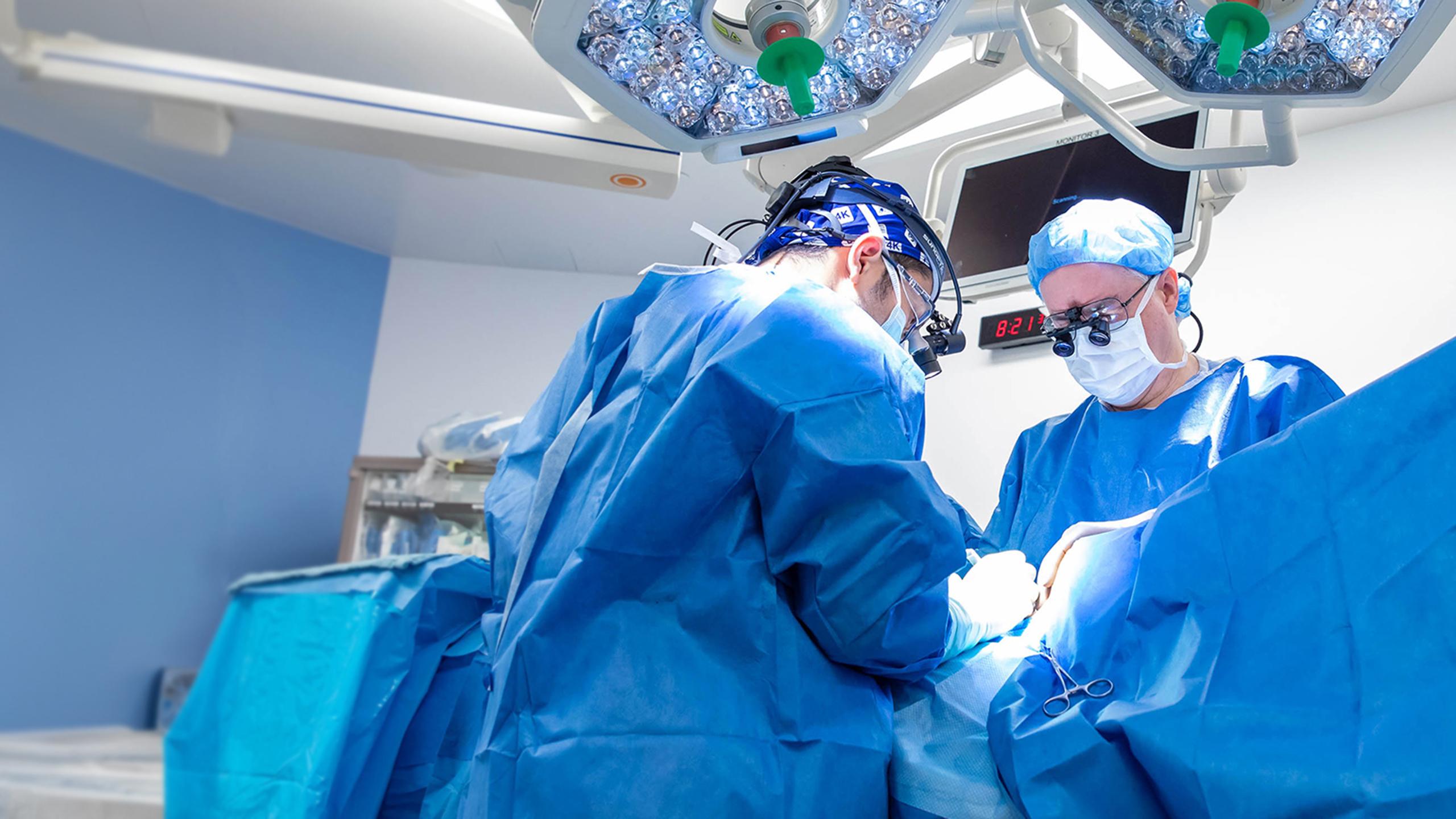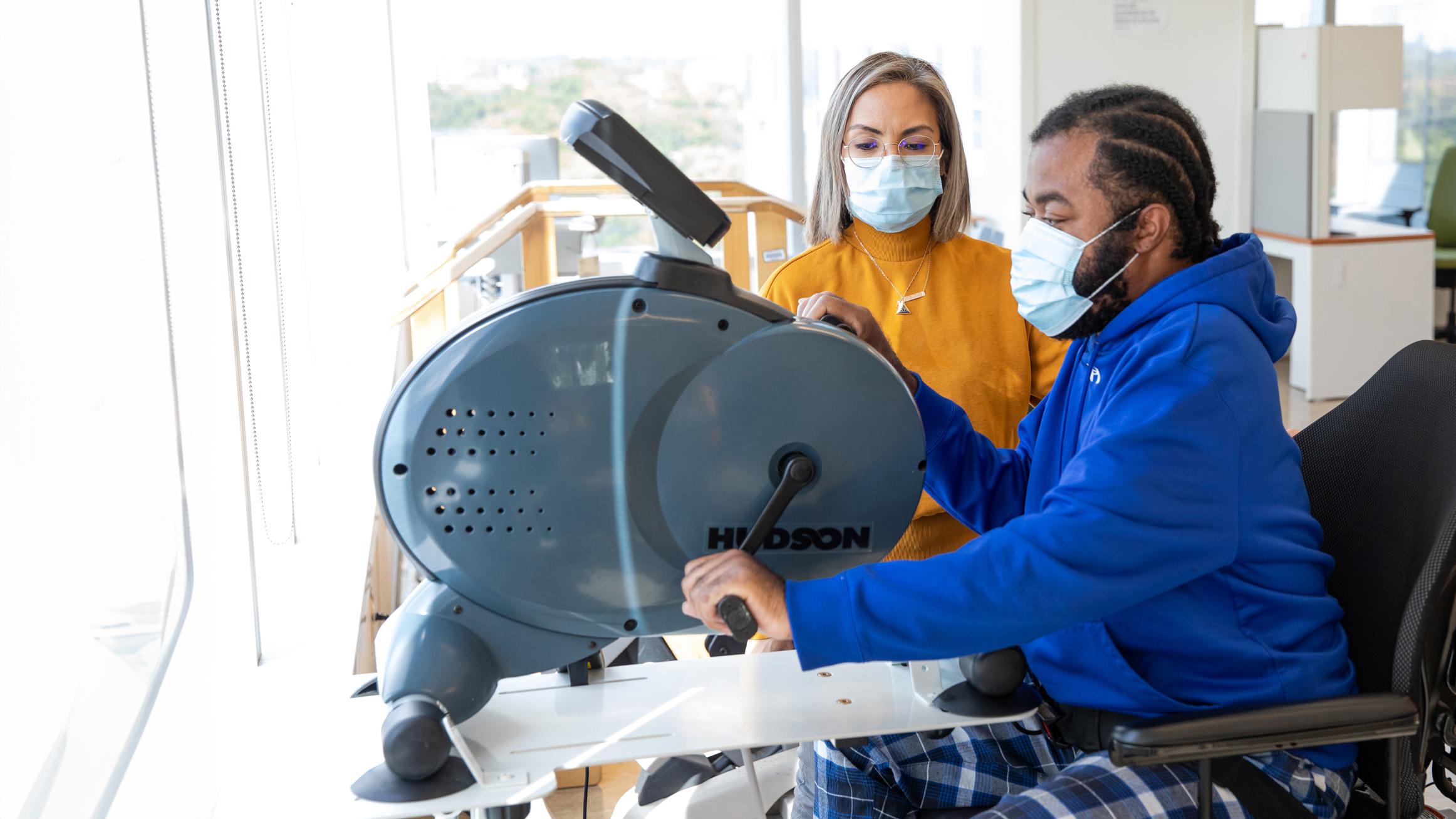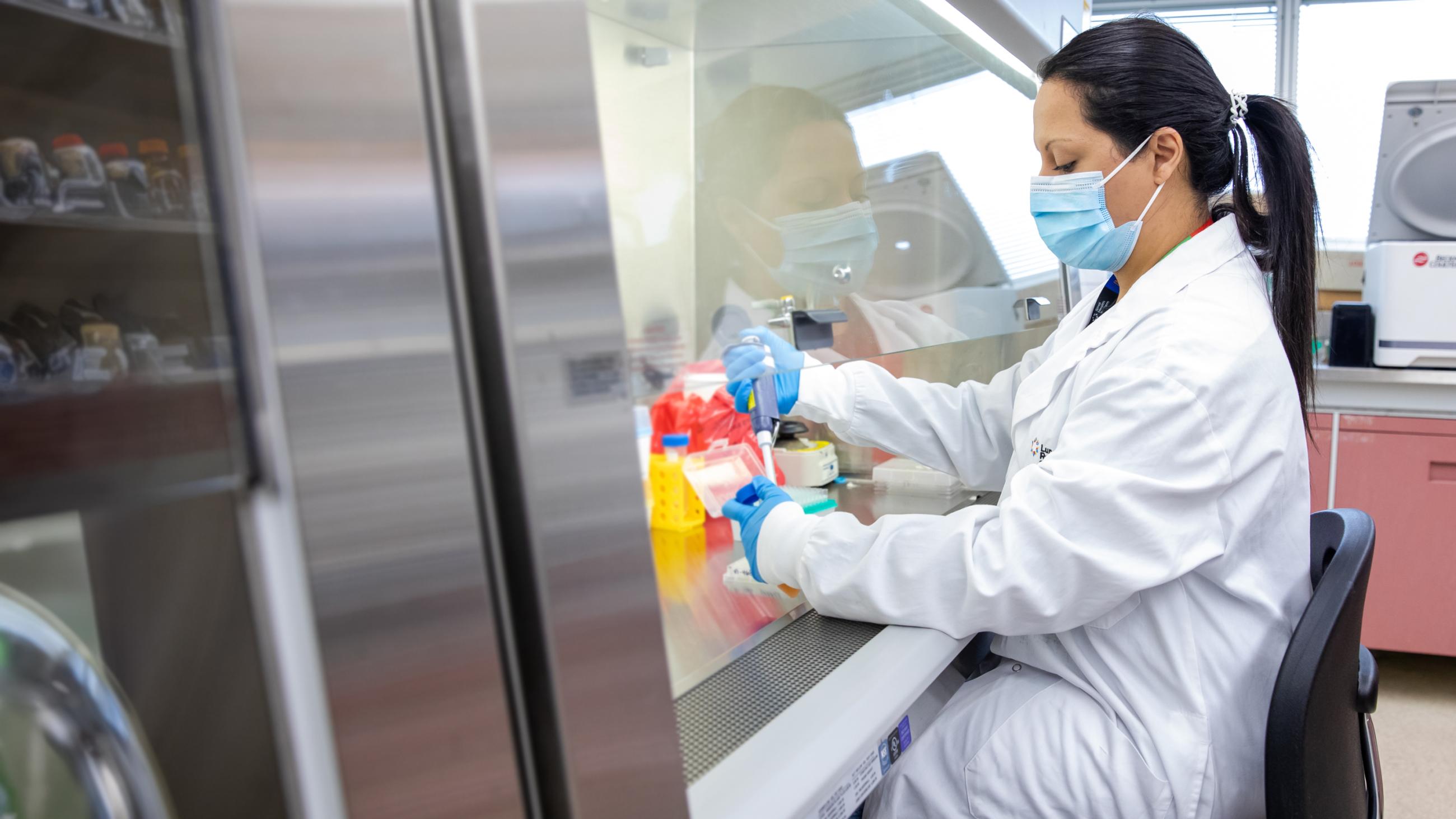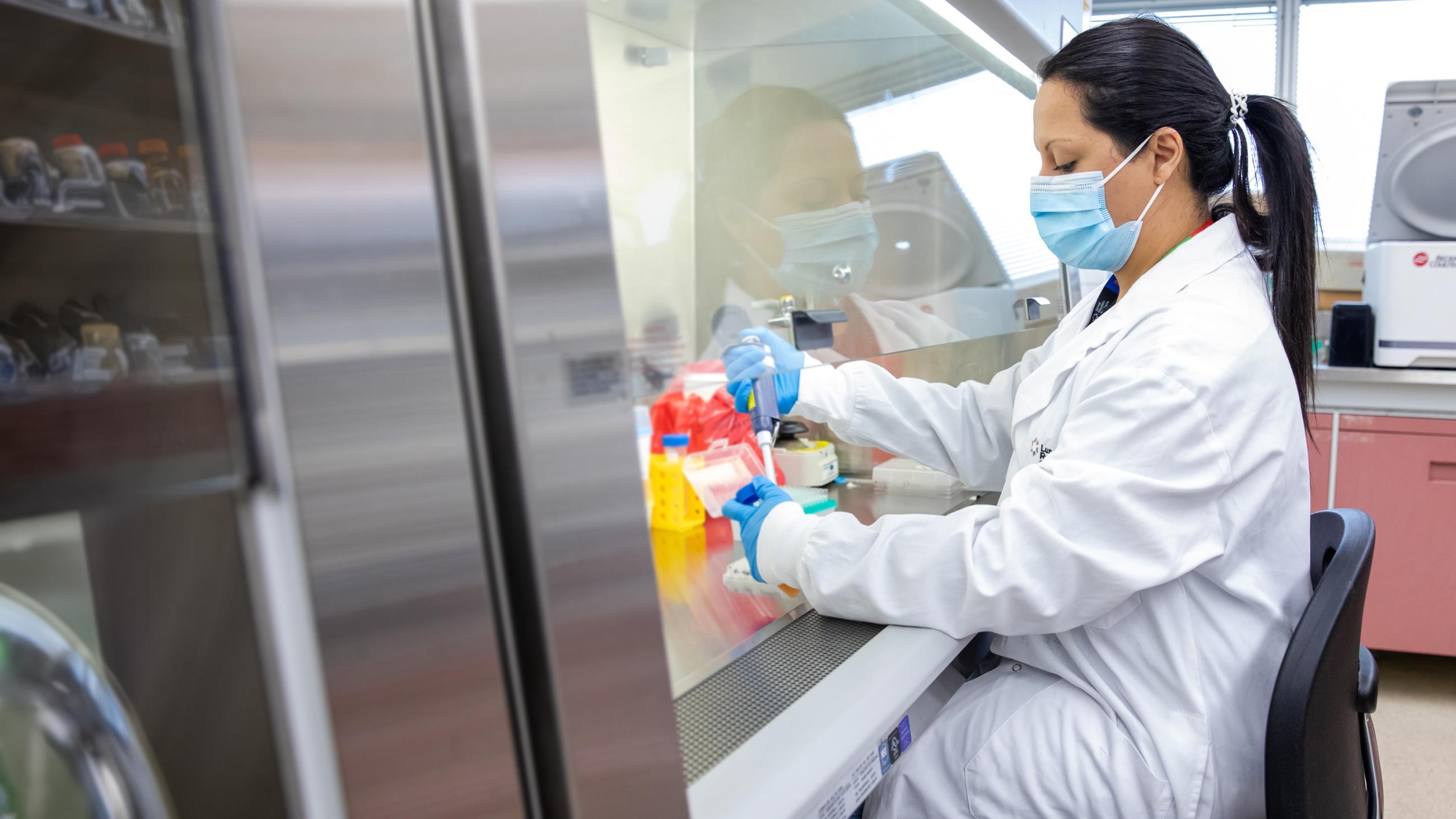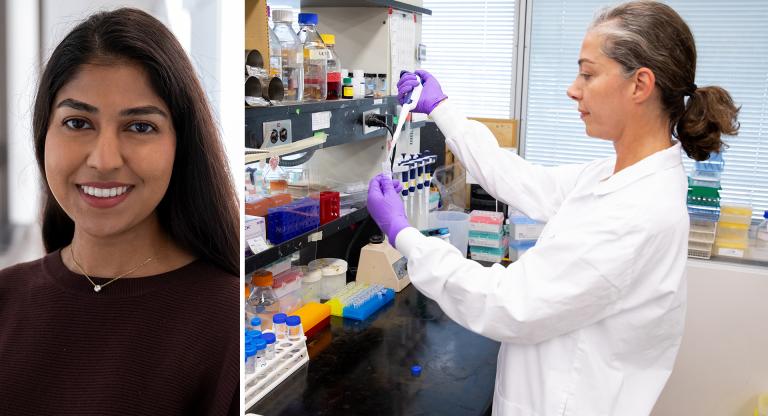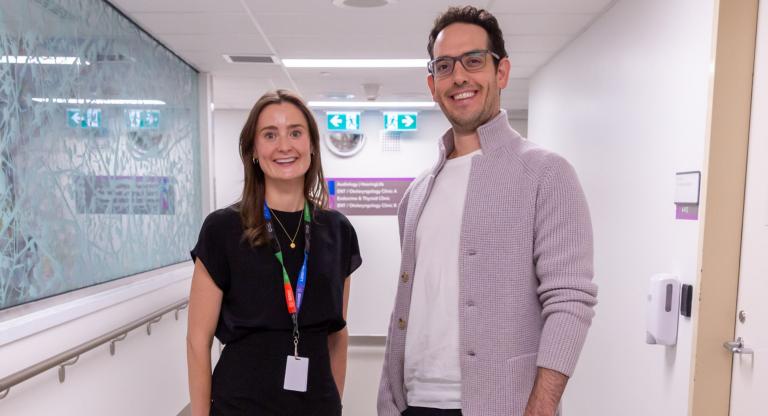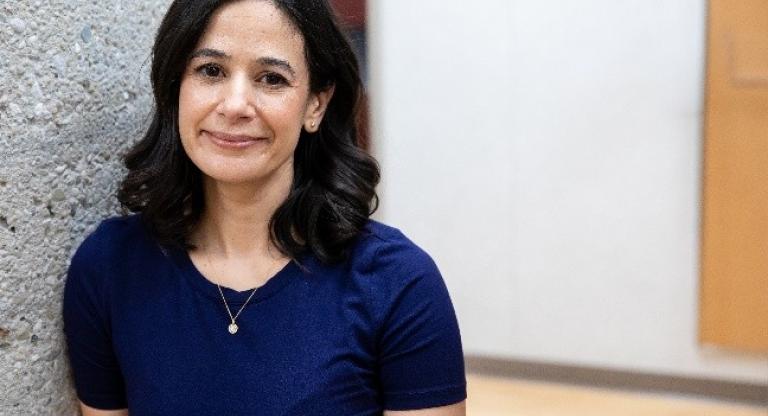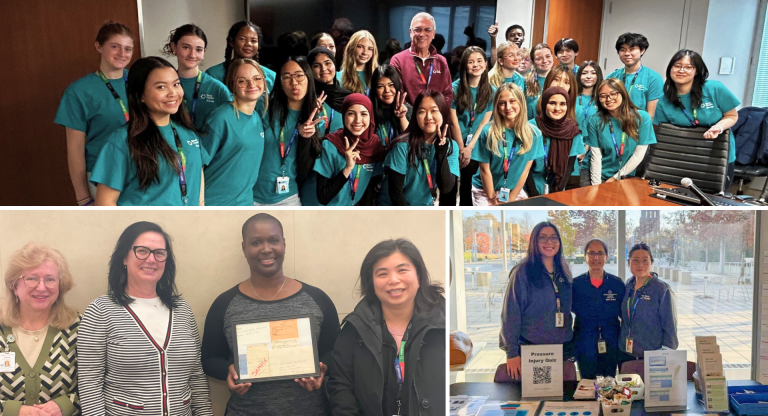Sinai Health welcomes two emerging leaders in discovery and translational research
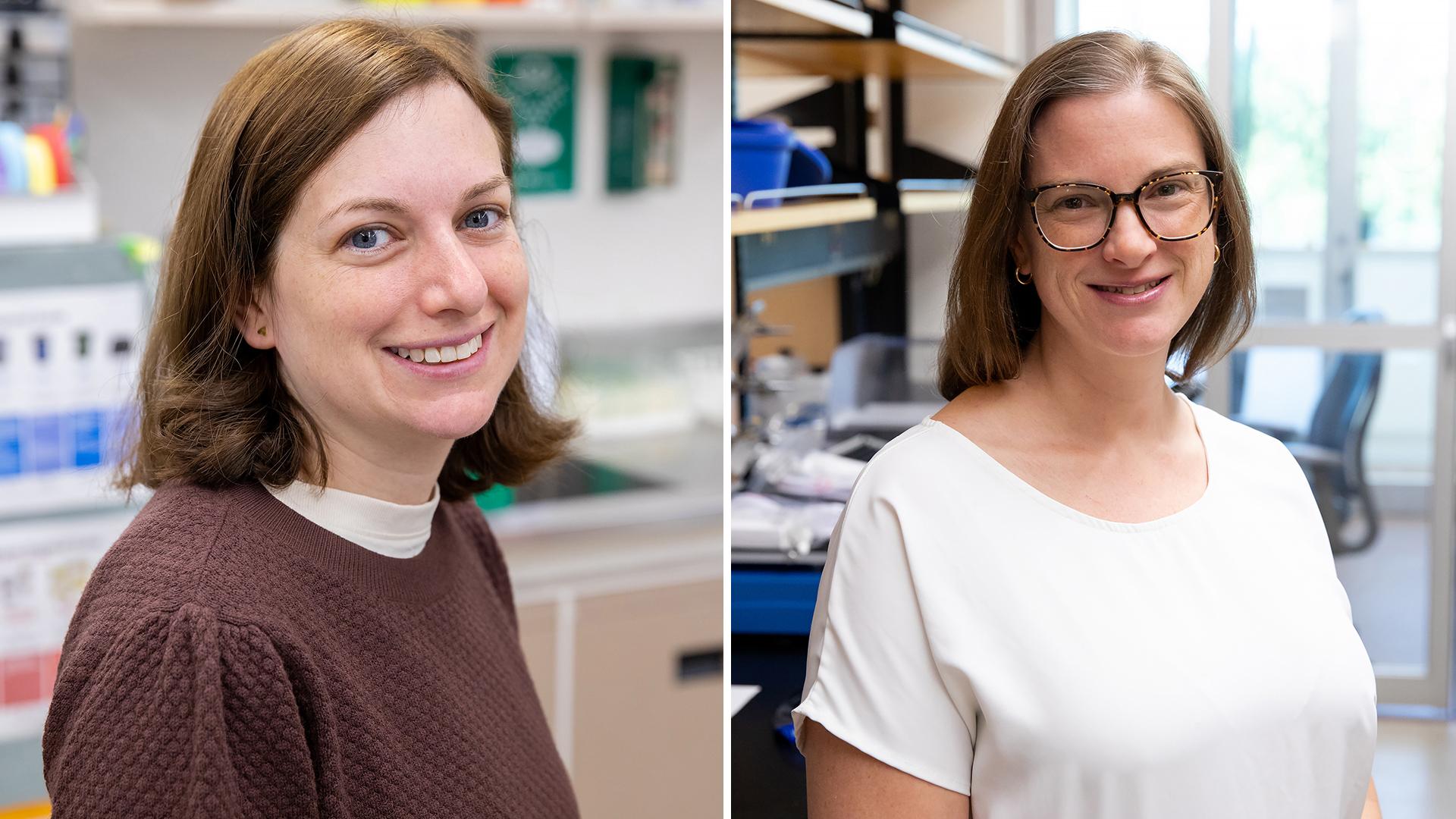
Sinai Health is proud to welcome two rising scientific leaders, Dr. Alissa Greenwald and Dr. Katherine Stewart, as new investigators in the Lunenfeld-Tanenbaum Research Institute (LTRI).
With expertise in cancer biology, computational methods, and stem cell biology, they bring innovative approaches that will expand LTRI’s strengths in discovery and translational research. Both also hold appointments as assistant professors of molecular genetics at the University of Toronto.
Their recruitment reflects LTRI’s strategic commitment to attracting emerging leaders with cutting-edge expertise to strengthen the institute’s international reputation in biomedical research.
“I am beyond thrilled that Drs. Greenwald and Stewart have decided to join us and establish their research programs here,” says Dr. Anne-Claude Gingras, Director of LTRI and Vice President of Research for Sinai Health. “Their programs tackle big questions in health and disease through complementary technologies and will open new avenues for inquiry and collaboration at the Institute and beyond.”
Mapping tumour organization to unlock new therapeutics
Dr. Alissa Greenwald aims to uncover the organizational principles of tumours that could uncover novel therapeutic opportunities. She combines experimental and computational approaches with equal skill, thanks to her postdoctoral training with computational biologist Dr. Itay Tirosh at the Weizmann Institute in Israel.
For her postdoctoral research, Dr. Greenwald applied emerging spatial transcriptomics technologies to map cancer cell states directly within tissue samples, with a focus on glioblastoma, a highly aggressive brain tumour. She discovered that tumours contain highly structured regions, with cancer cell states arranged in repeating spatial patterns – a finding that challenged the prevailing assumption that aggressive tumours are entirely disorganized. This spatial organization was especially pronounced in areas with low oxygen. Published in Cell in 2024, her findings suggested that low oxygen may act as a long-range organizer of cancer cell states, shaping tumours in ways that could influence disease progression and treatment resistance.
Now in her own lab at LTRI, Dr. Greenwald will continue to integrate experimental and computational approaches to decipher the organizational principles of tumours: how different subtypes of cancer cells and immune cells interact and respond to environmental cues to generate repeated patterns, and to explore how these patterns might be manipulated for therapeutic benefit. It’s a bold new frontier in spatial biology. “There is so much we still do not know about the organization of cancer cell states. It is a field that is just beginning to open up, as we now have the experimental technologies and computational methods that enable us to quantitatively map tumour organization at single-cell resolution, and I am thrilled to be part of it,” said Dr. Greenwald.
Dr. Greenwald’s passion for science began in high school when she first experienced research while working during the summer at the Marine Biological Laboratory in Woods Hole, near her hometown of Cape Cod. She went on to earn a degree in biological chemistry at Wellesley College, a women’s liberal arts institution outside Boston that empowered her to pursue science. “It was simply normalized and expected that women could take on any leadership role,” she recalled. As a mother of four, she is passionate about mentoring and encouraging women to enter and remain in academic science. She next completed her PhD in the lab of Dr. Eli Keshet at the Hebrew University of Jerusalem, where she uncovered a new and unexpected role for vascular endothelial growth factor (VEGF) in red blood cell production, with therapeutic implications for conditions such as chronic kidney disease.
As she begins this new chapter at LTRI, Dr. Greenwald is excited about the future. “People here are passionate about their science but also warm and approachable. It is exactly the kind of environment where exciting interdisciplinary work can flourish,” she said.
How stem cells clear dying cells and shape tissue health
Dr. Stewart is a stem cell biologist with an interest in the interplay between dying cells and stem cells in development, health and disease. She became fascinated by the role of dying cells in development during her PhD at McGill University where she trained with Dr. Maxime Bouchard. There, she discovered that dying cells are not just passive debris but play an active role in shaping developing organs such as the kidney and urogenital tract.
Her postdoctoral work at the Rockefeller University, under the guidance of Dr. Elaine Fuchs, expanded this idea to the mammalian hair follicle, which produces hair through cycles of growth, destruction, and regeneration. She revealed that stem cells within the follicle actively engulf dying cells to preserve tissue balance and prevent inflammation. Published in Nature in 2024, this work opened new questions about whether similar processes occur in other organs or in diseases such as cancer.
In her own lab at LTRI, Dr. Stewart will explore these questions across healthy and cancer-stricken models of skin and breast, integrating stem cell biology, immunology, and disease research. “We want to know who clears dying cells in tissues, how they do it, and what happens after engulfment,” she explains. “Do stem cells use the materials they take in? Does this change in disease or under stress? And in cancers like squamous cell carcinoma, does this process influence tumor growth or immune responses? These are big unknowns.”
Dr. Stewart’s interest in science began early when a family friend and biochemist from Queen’s University, Dr. Martin Petkovich, ran a grade four outreach program introducing students to cell biology and genetics. By sixteen, she was working summers in his lab and continued to do so while enrolled at Queen’s University, where she completed her biochemistry degree. This experience has informed Dr. Stewart’s own approach to mentorship as she seeks to inspire the love of science in youth as well as support trainees to thrive in whatever career path they choose.
For Dr. Stewart, returning to Canada after years in the U.S. feels like a homecoming and she is excited about the new discoveries her group will make.
The collaborative environment at LTRI and U of T was a major draw for her. “I interviewed at many places,” she says. “LTRI felt different. People were smiling. They were having fun doing science. It reminded me of why I loved research in the first place — the curiosity, the creativity, the joy of discovery. I knew this was where I wanted to build my lab.”
